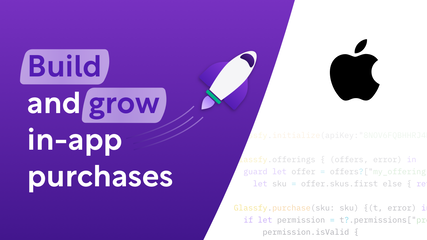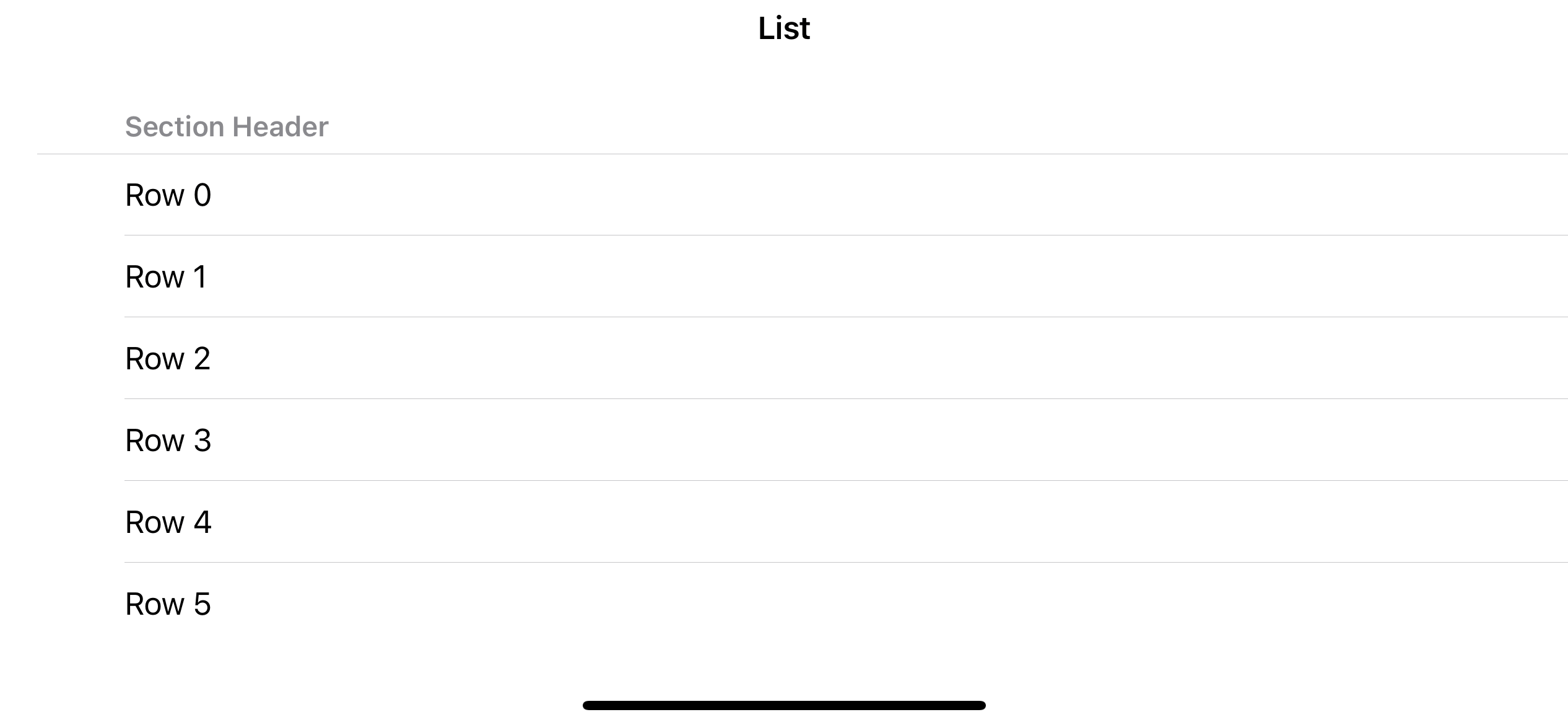

How to remove the Last row separator in SwiftUI List
source link: https://sarunw.com/posts/swiftui-list-remove-last-separator/
Go to the source link to view the article. You can view the picture content, updated content and better typesetting reading experience. If the link is broken, please click the button below to view the snapshot at that time.

How to remove the Last row separator in SwiftUI List
Table of Contents
The last separator or the bottom separator in SwiftUI List is actually a section separator.
Since iOS 15, you can easily remove a section separator by using the listSectionSeparator(_:edges:) modifer.

You can easily support sarunw.com by checking out this sponsor.
 Sponsor sarunw.com and reach thousands of iOS developers.
Sponsor sarunw.com and reach thousands of iOS developers.How to remove the Last row separator in SwiftUI List
The listSectionSeparator(_:edges:) control the visibility of section separators.
To hide the section separator, we pass Visibility.hidden for the first argument.
listSectionSeparator(_:edges:) also accept an optional second argument that specifies the edges that you want to hide.
Each Section view can have two separators, top and bottom, wrapping the rows in that section. The last separator is referred to as a bottom edge of a section separator. So, we pass VerticalEdge.bottom as the second argument.
To hide it, we apply .listSectionSeparator(.hidden, edges: .bottom) to Section.
NavigationView {
List {
Section("Section Header") {
ForEach(0..<7) { i in
Text("Row \(i.description)")
}
}
.listSectionSeparator(.hidden, edges: .bottom)
}
.listStyle(.plain)
.navigationTitle("List")
}
Read more article about SwiftUI, List, iOS 15,
or see all available topic
Enjoy the read?
If you enjoy this article, you can subscribe to the weekly newsletter.
Every Friday, you'll get a quick recap of all articles and tips posted on this site. No strings attached. Unsubscribe anytime.
Feel free to follow me on Twitter and ask your questions related to this post. Thanks for reading and see you next time.
If you enjoy my writing, please check out my Patreon https://www.patreon.com/sarunw and become my supporter. Sharing the article is also greatly appreciated.
What is Swift Computed Property
There are two kinds of properties in Swift, Stored, and computed. Let's learn the difference.
How to organize Flutter import directives in VSCode
Learn how to Remove unused imports and Sort import packages by their name.
Recommend
About Joyk
Aggregate valuable and interesting links.
Joyk means Joy of geeK